Read next
The latest news, updates and expert views for ambitious, high-achieving and purpose-driven homeowners and property entrepreneurs.

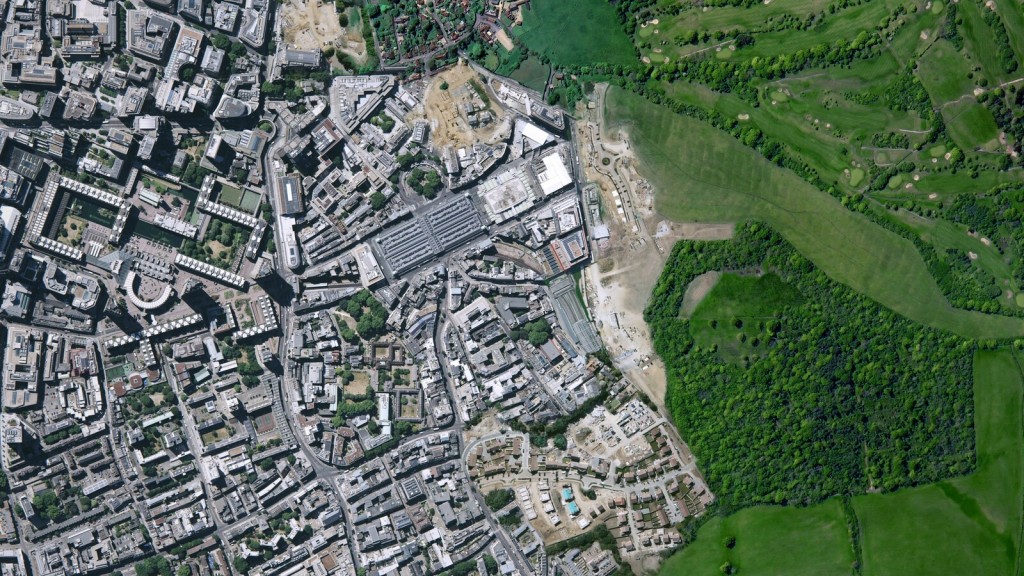
Could England’s Green Belt soon be aglow with Hollywood glitz and glamour?
What might once have seemed unthinkable - film studios emerging in England’s cherished Green Belt - is now edging closer to reality.
While advocates hail the idea as a golden opportunity for Britain’s creative industries, critics warn of an environmental catastrophe. But how likely is it that such substantial development could go ahead in some of the nation’s most fiercely protected pockets?
To make an informed judgement, we first need to review the major planning policy changes that took place in 2024, particularly those related to the Green Belt.
Let’s begin.
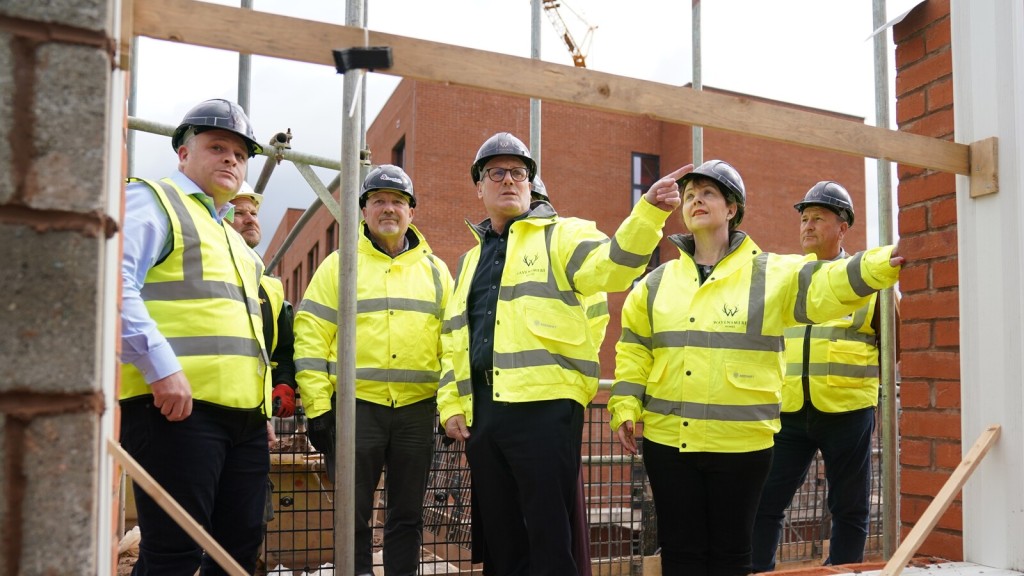
If you’re at all interested in property development in the UK, you’ll no doubt be aware that there were some sizable changes to planning rules that took place in the back half of last year.
Why did the changes go ahead?
To streamline a clogged up system and ultimately, to ramp up the number of houses built in England (the goal is 1.5 million over the next five years - an ambitious aim, to say the least).
One of the most meaningful changes in the finalised NPPF is the new approach to the Green Belt, a land use policy that has, for the most part, been untouched since it was introduced in a vastly different context roughly 70 years ago.
While the new NPPF 2024 introduces numerous changes affecting various aspects of planning policy, the key updates regarding the Green Belt are as follows:
The long-awaited grey belt definition was finally made official. Now, grey belt land is formally described as “land in the Green Belt comprising previously developed land and/or any other land that, in either case, does not strongly contribute to any of purposes (a), (b), or (d) in paragraph 143.”
These Green Belt purposes are:
Finally, the definition adds that “‘Grey belt’ excludes land where the application of the policies relating to the areas or assets in footnote 7 (other than Green Belt) would provide a strong reason for refusing or restricting development.”
Those areas or assets in footnote 7 refer to places like Sites of Special Scientific Interest, National Parks, or heritage assets, to name a few.
Councils with high housing demand and limited alternatives will be required to reassess their Green Belt boundaries in an effort to boost housing delivery in constrained areas.
Previously, reviewing Green Belt boundaries was an option rather than a directive. This change goes hand in hand with the return of mandatory housing targets, which, while not relating directly to the Green Belt, will see many councils needing to reassess their Green Belt boundaries when falling short of these targets.
Major development on the Green Belt will have to meet three golden rules 1) to provide at least 50% affordable housing 2) to improve local or national infrastructure and 3) to create or improve green spaces that are accessible to the public.
While development in the Green Belt was formerly only allowed in instances of very special circumstances or when there were exceptions at play, now, building on the Green Belt is more feasible than ever.
But how does all this relate to film studios in the Green Belt?
Let’s examine a recent news story that illustrates this perfectly.
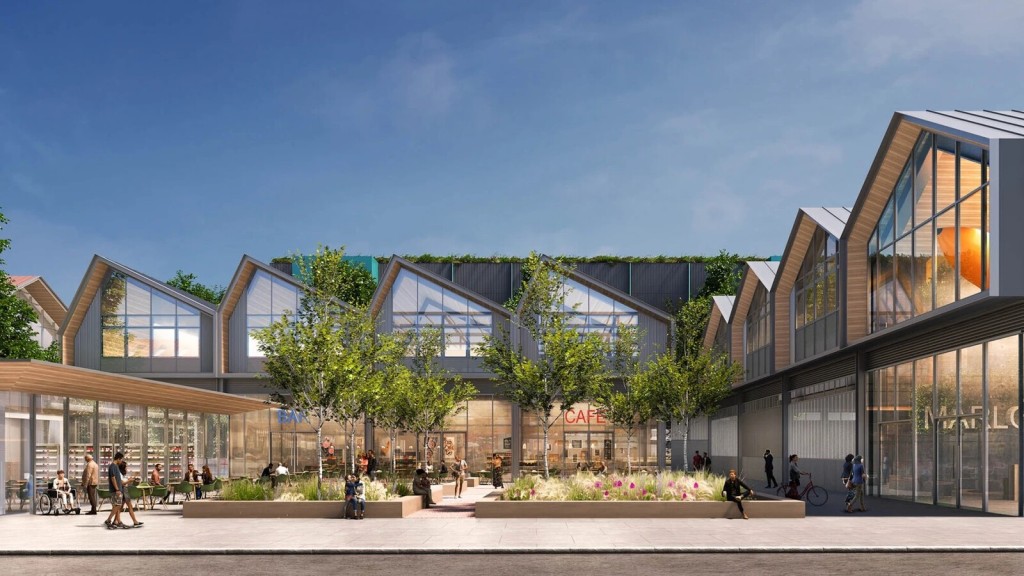
In 2024, a multi-million pound film studio was proposed in the Buckinghamshire Green Belt.
The proposal included 18 sound stages, 19 workshops, office accommodation, various meeting spaces and amenities, a backlot, and two multistorey car parks. All in all, the development would provide a gross external area of 168,718 sqm.
The development was even backed by influential industry names like directors James Cameron (Titanic) and Sam Mendes (James Bond), who both wrote letters in support of the development, with Mendes even suggesting the site could become “the premier studio in the UK.”
As you might have guessed, the proposal was swiftly rejected by Buckinghamshire Council which, given the size of the development and its contentious Green Belt location, didn’t come as a huge surprise.
But then something crazy happened.
In the face of the Green Belt policy changes mentioned above, this project was recalled in October 2024 by Deputy PM and the Secretary of State for Housing, Angela Rayner. Now, in just a couple of weeks time (21st January 2025), an inquiry will see the Planning Inspectorate reassess the proposal and make a final decision on whether or not the film studio will get the green light.
In the lead up to this inquiry, the public has had the opportunity to have their voices heard and the developer Dido Property Limited has been gathering evidence to showcase exactly why the development should go ahead.
The film studio is thrilled that the case is being reexamined, with Marlow Film Studios' chief executive, Robert Laycock, stating that he believes the project “meets national government goals on growth, jobs, international investment, and support for the UK’s world-class film and TV sector.”
He added, “The high-technology studio campus we are building will meet the needs of global investors and production companies, preparing the UK for the next half-century of British filmmaking.”
Unsurprisingly, the response to the film studio in the Green Belt hasn’t been warm on all fronts.
‘Save Marlow’s Green Belt’ is a campaign group run by over 500 resident volunteers to “prevent the destruction of our local greenbelt by inappropriate development.”
Naturally, they’re not so excited about the proposal.
In a nutshell, the group’s position is to campaign against the film studio project, as well as any other future Green Belt developments. The group wrote a 14-page statement of case in November last year, to be considered by the Inspectorate as they reassess the proposal.
In its summary of case, the group claims that “the scale and extent of the scheme would cause very significant spatial and visual harm to the openness of the Green Belt thereby undermining its purpose and the purpose of Little Marlow Lakes Country Park.”
As you can see, emotions will run high whether the Inspectorate decides to approve or dismiss the proposal. However, beyond the immediate stakeholders, what broader implications would the project's approval have for the Green Belt?
You might be asking yourself: "Alright, but what makes this case study so significant?"
Well, many see the outcome of this case as a litmus test for whether Labour will deliver on its key promises - one of which is to bolster the country’s creative industries. If approved, this development would send a strong and definitive signal to the creative sector about the government’s commitment to supporting its growth and innovation.
Additionally, if approved, the Marlow Film Studios proposal could mark a watershed moment for Green Belt policy, setting a powerful precedent for how these protected areas are treated in the future.
Traditionally seen as untouchable, the Green Belt’s role could shift from being a strict barrier against development to a more nuanced framework that accommodates projects deemed to be of national significance. This decision would no doubt encourage other developers to bring forward similar proposals, leveraging the argument that their plans also meet exceptional circumstances.
Given the inquiry is only a few weeks away, we will keep you posted on the outcome - watch this space.
Okay, so we’ve heard from locals and studio heads but what do Green Belt experts like ourselves think? Is building film studios on the Green Belt a good thing or bad?
Let’s start with an overview of the positives.
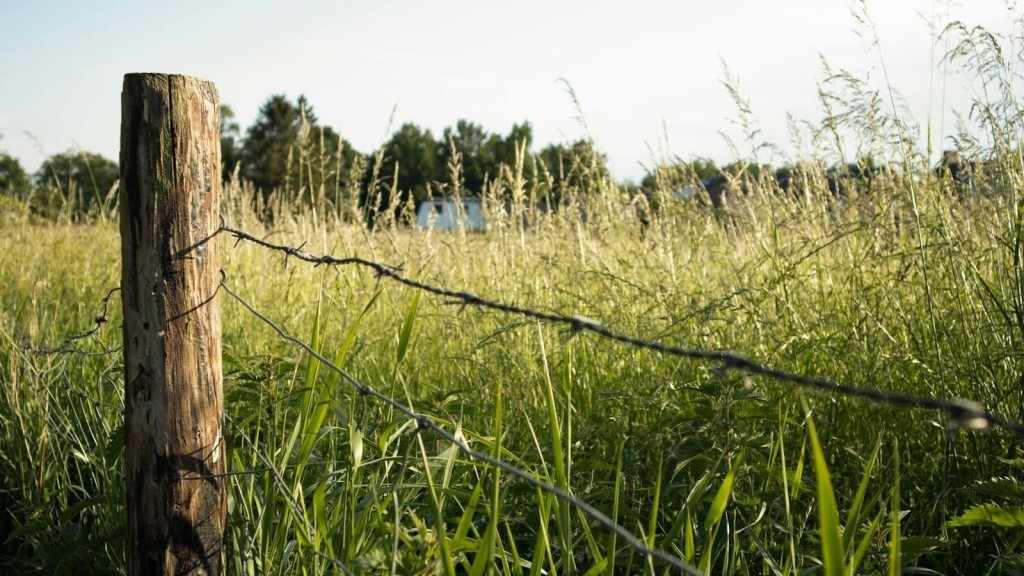
Building film studios in the Green Belt might not seem like an obvious choice at first, but there are several compelling reasons why it could be a beneficial idea.
The Green Belt has lots of open space to work with - 1.63 million hectares of open space, to be precise.
This seemingly endless space would be ideal for sprawling film studios that require extensive land for sound stages, outdoor sets, production offices, storage, and parking, among other facilities.
Plus, from a developer's perspective, having open, undeveloped land to work with is highly advantageous, minimising the need for demolishing or repurposing existing structures, saving time and resources.
It’s hard to argue the development of a sizable film studio wouldn’t have an impressive impact on the local economy. Marlow Film Studios, the team behind the proposal mentioned above, claims their development would generate £3.5bn per decade.
Huge numbers, right?
Film and TV studios serve as vibrant hubs of continuous employment for creative professionals - actors, writers, directors, and beyond. Plus, they fuel a wide array of supporting industries, from catering and equipment rental to construction materials and props. The film and TV sector inherently relies on these services, creating a ripple effect of economic activity and opportunity.
Of course, the construction of the facility itself is also likely to cause an economic boom on a local level. Large-scale projects of this nature demand extensive labour, creating jobs for architects, engineers, construction workers, and project managers. Beyond the workforce, the construction process stimulates local businesses by sourcing building materials, heavy machinery, and other necessary supplies from the surrounding area.
Additionally, the development often leads to improvements in local infrastructure, such as roads and utilities, which benefit the wider community long after the facility is complete. This was again seen in the plans for the Marlow Film Studios, which included a £20m investment in local infrastructure, including improvements to a major local highway and the creation of two new public bus services.
The employment opportunities created by the construction of a TV or film studio are undoubtedly significant. Beyond the immediate jobs generated during the construction phase, the studio will offer long-term positions in its operations, spanning roles in production, administration, and technical support.
Additionally, the surrounding ecosystem of ancillary businesses - such as on-site cafes, restaurants, and service providers - would benefit from the studio's presence, creating further employment opportunities and driving local economic growth.
Marlow Film Studios has emphasised its commitment to working closely with the local community, promising to bring “local investment, improved infrastructure, 4,000 new jobs, and unparalleled opportunities for training and education.”
This pledge reflects not just economic benefits but also the potential to foster a thriving creative hub that supports the UK’s film and television industry. In an era when creative industries face numerous challenges, such initiatives could be transformative, providing pathways into an industry that is both economically vital and culturally significant.
Of course, these positives aren’t without their negatives.

Building a film studio in the Green Belt comes with its challenges. Chief among them are concerns about environmental impact and the strain it could place on local infrastructure, which may leave some residents disgruntled.
Like any development, building film studios on the Green Belt comes with environmental consequences. These concerns are understandably amplified due to the substantial scale of film studio projects and the extensive infrastructure required to bring them to life.
One of the primary concerns is the loss of natural habitats. Green Belt land often includes vital ecosystems such as woodlands, meadows, and wetlands that are home to a wide range of wildlife. Construction disrupts these habitats, displacing species and potentially leading to declines in local biodiversity, which is already under pressure in many parts of the UK.
Another issue is the environmental impact of construction itself, which typically involves land clearing, increased carbon emissions, and the creation of impermeable surfaces like concrete and asphalt. This can contribute to problems such as soil erosion, increased surface water runoff, and localised flooding, as natural drainage systems are disrupted.
Additionally, large-scale developments often lead to increased traffic and noise pollution, which can have further detrimental effects on both the environment and the tranquillity of the surrounding area.
Finally, some argue that building on the Green Belt undermines its role as a carbon sink. Green spaces, particularly those with dense vegetation, play a crucial role in absorbing carbon dioxide and helping combat climate change. Replacing these with industrial structures like film studios reduces the land’s ability to sequester carbon, exacerbating the UK’s climate challenges. For these reasons, developments in the Green Belt must be carefully weighed against their environmental costs.
As briefly mentioned, building on Green Belt land can have significant negative impacts on local traffic, infrastructure, and communities.
Film studios, by their nature, bring increased activity to an area, including construction traffic during the development phase and daily movement of workers, production teams, and delivery vehicles once operational.
Many Green Belt areas are rural, with roads and transport systems not designed to handle such high volumes of traffic. The resulting congestion can disrupt daily life for residents, extend travel times, and increase air and noise pollution, diminishing the quality of life for local communities.
The strain on infrastructure goes beyond transport. Green Belt areas often lack the robust utilities needed to support large-scale developments like film studios. The demand for water, electricity, and waste management can overwhelm existing systems, requiring costly upgrades that may not align with local capacity or funding priorities.
From a community perspective, such projects can lead to tensions. While some residents may welcome the economic benefits, others might view the changes as an unwelcome intrusion, particularly if they undermine the natural and cultural heritage of the area. Without careful planning and meaningful consultation, these developments risk alienating communities and sparking long-term opposition.
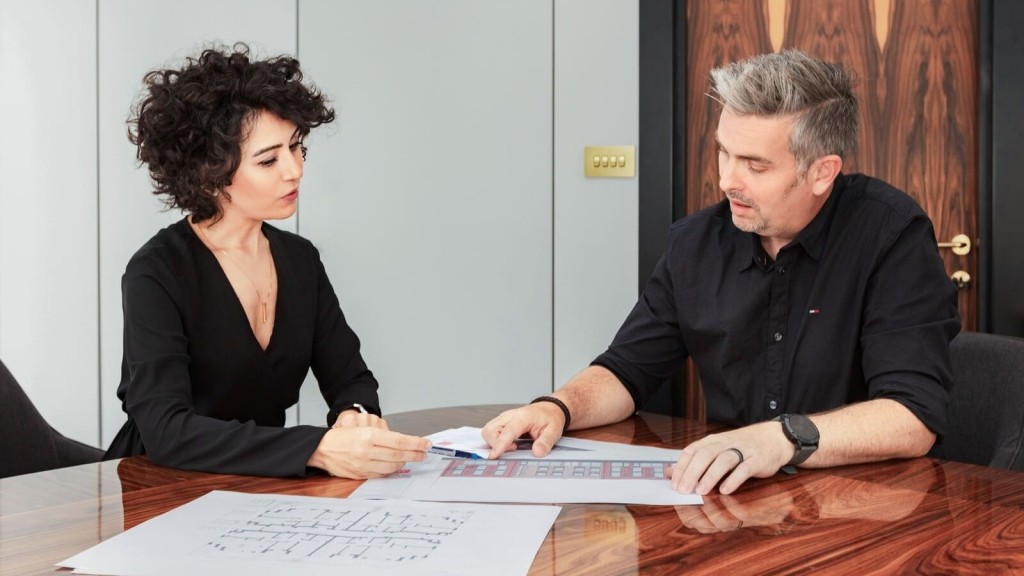
Building film studios in the Green Belt doesn’t have to completely undermine its core purposes.
With careful planning, innovative approaches, and a commitment to specific principles, such developments can be designed to minimise conflict and align with the area’s conservation goals.
Here’s how this can be achieved.
Any development within the Green Belt, particularly one on the scale of a film studio, must demonstrate very special circumstances to justify its impact. To achieve this, the proposal must clearly articulate the economic, social, and cultural benefits of the project, including job creation, stimulating the local economy, and supporting the creative industries.
Furthermore, the application should robustly address how the development meets national or regional needs, such as contributing to the alleviation of the shortage of film production facilities in the UK, thereby reinforcing its strategic importance.
Though the Green Belt isn’t an environmental policy (this is a long-standing Green Belt myth that we believe is the key reason it has resisted reform for so long), it’s still important for the project to demonstrate eco-friendly design by using sustainable construction methods, materials, and energy-efficient technologies.
Further, the development should utilise green infrastructure and incorporate features like green roofs, renewable energy systems, and water recycling to reduce the studio’s environmental footprint.
Finally, wildlife protection should also be a high priority and existing habitats should be protected and even improved where possible. This might include biodiversity-friendly landscaping, such as planting native species or creating wildlife corridors.
The fundamental aim of the Green Belt is to prevent urban sprawl by keeping land permanently open, which means that if a proposal is to be approved, it needs to make some effort to respect the landscape and minimise its visual disruption.
This can be done by carefully designing the studio to blend into the surroundings by using natural materials and maintaining a low building profile. Further, open space should be preserved by careful space planning and clustering development to use the minimum land area necessary and retain significant portions of open or green space around the facility.
Lastly, leaning into the natural features of the site and enhancing them can better integrate the studio with the site. For example, integrating existing trees, water features, and natural landforms into the studio’s design to maintain the character of the landscape could help to get it over the line.
The best Green Belt sites for film studio development would be those located near existing settlements to use current transport links, utilities, and services, reducing the need for extensive new infrastructure.
Additionally, if you can show a commitment to improving local infrastructure in ways that benefit the wider community, such as upgrading roads or extending public transport options, that will give the project a greater chance of success.
Just like the Marlow Film Studio proposal, projects of this scale in the Green Belt will inevitably be met with community backlash. To remedy this, it’s a good idea to work closely with local residents and stakeholders to address concerns, demonstrate benefits, and build trust. Part of this includes involving the community in the planning process through consultations, ensuring transparency, and fostering goodwill.
Another great idea is to incorporate community benefits into the proposal, such as creating public green spaces, funding local educational initiatives, or providing training opportunities in film production.
Ultimately, we want to ensure that the studio contributes positively to the local area, making it a valued asset rather than a disruption to the community.
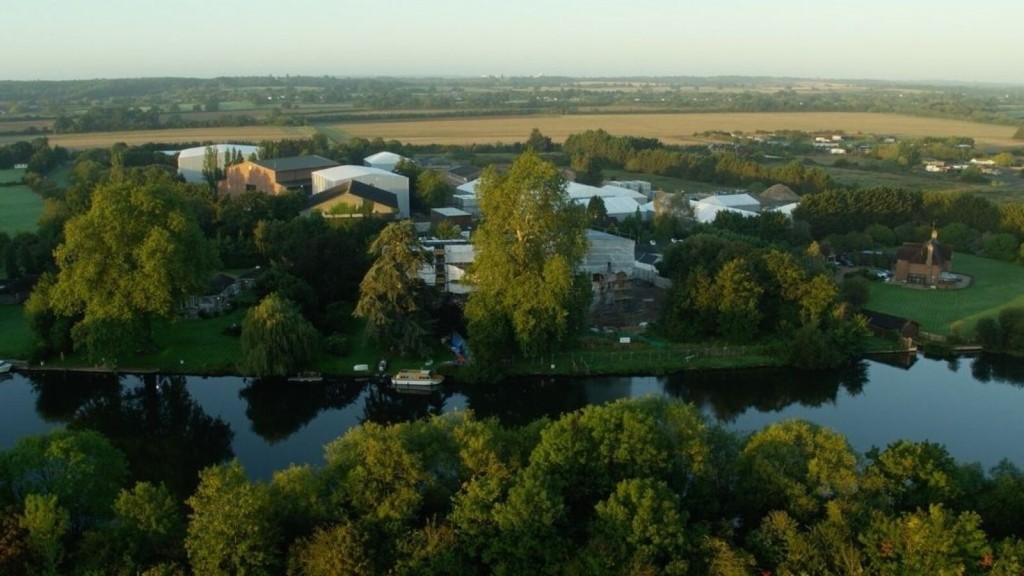
Keen to see the above pointers in action? Look no further than Bray Film Studios, located in Berkshire. Bray Film Studios is one of the UK's most iconic film production facilities, known for its rich cinematic history.
Despite its location within the Green Belt, it successfully received planning consent for an expansion that includes new film stages, workshops, and additional facilities to support modern film and TV production.
How did the project gain approval?
Firstly, the proposal focused on the studio’s economic and cultural contribution. The planning application emphasised the studio's role in supporting the UK's film industry, job creation, and economic growth. This argument helped demonstrate the "very special circumstances" required for Green Belt development.
Importantly, the studio took a proactive approach to engaging with the local community, ensuring their voices were heard and incorporating their input to shape the expansion in alignment with local needs.
As you might expect, sustainability measures were also prioritised. The project incorporates sustainable design principles, including energy-efficient buildings and eco-friendly operational practices, which also contributed to the project gaining approval.
Of course, there were challenges the project needed to overcome.
Being situated in the Green Belt, the studio faced scrutiny over its impact on the openness of the land and local ecology. To address concerns, the developers implemented strategies to minimise visual intrusion, such as using landscaping features like tree planting and green buffers. Plans were also made to manage an increase in traffic and to ensure the local infrastructure could accommodate the expanded facility.
As demonstrated, even a project as substantial as a film studio can be successfully developed within the Green Belt when the right circumstances are met and a well-considered strategy is in place.
And there you have it, an in-depth exploration of film studios in the Green Belt, including the benefits, limitations, and key considerations for bringing such a large-scale project to life within this protected landscape.
As this article highlights, development in the Green Belt is far from straightforward. A multitude of factors, from planning policies to environmental and community concerns, influence which projects are likely to gain approval and those which are unlikely to ever get over the line.
If you’re keen to expand your understanding of Green Belt policy, we encourage you to explore our collection of Green Belt blogs or to read our debut book, Green Light to Green Belt Developments.
Finally, if you’re planning a Green Belt project and would like expert advice, don’t hesitate to get in touch with our team - we’d be delighted to help bring your vision to fruition.

Nicole I. Guler BA(Hons), MSc, MRTPI is a chartered town planner and director who leads our planning team. She specialises in complex projects — from listed buildings to urban sites and Green Belt plots — and has a strong track record of success at planning appeals.
We look forward to learning how we can help you. Simply fill in the form below and someone on our team will respond to you at the earliest opportunity.
The latest news, updates and expert views for ambitious, high-achieving and purpose-driven homeowners and property entrepreneurs.
The latest news, updates and expert views for ambitious, high-achieving and purpose-driven homeowners and property entrepreneurs.
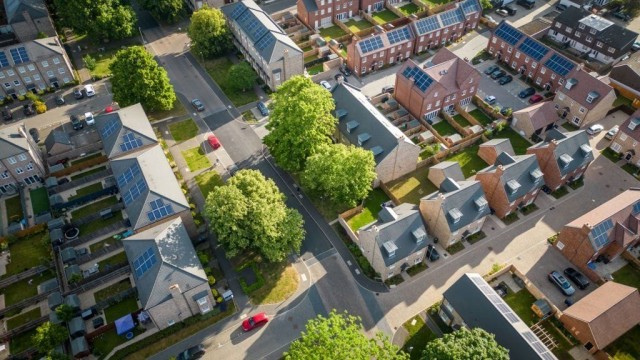
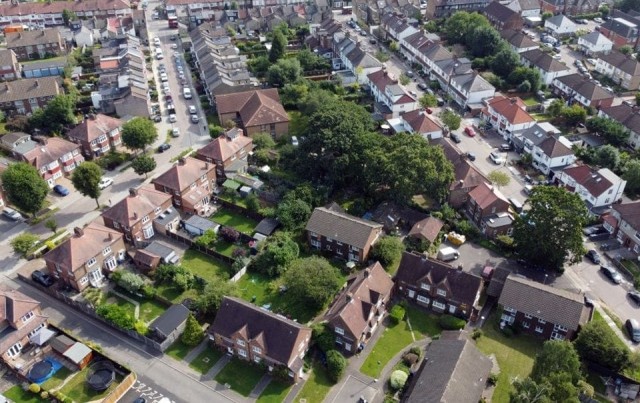
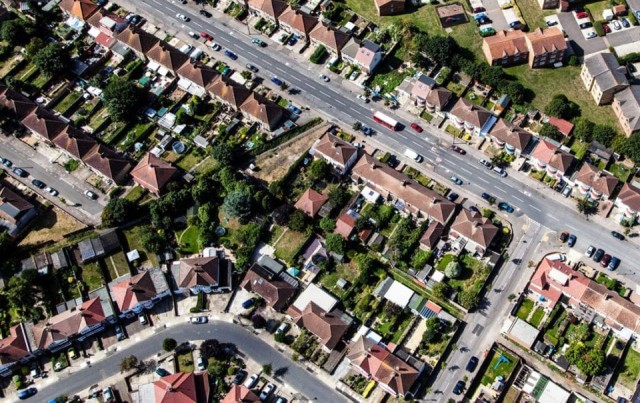
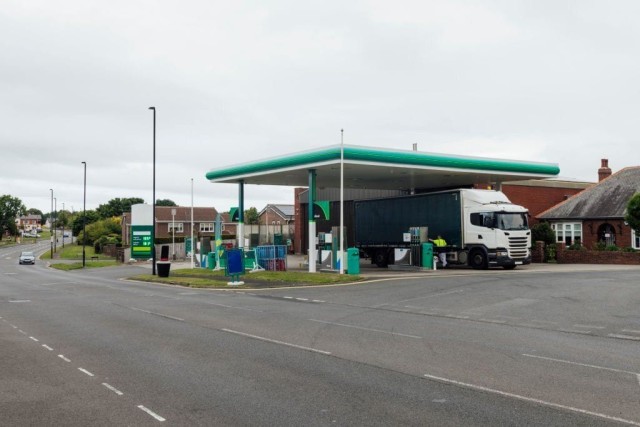
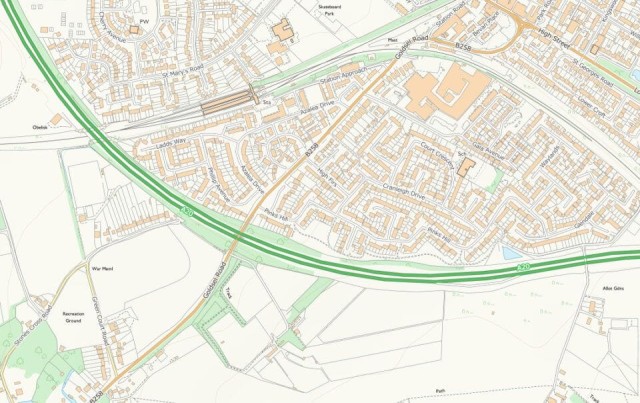
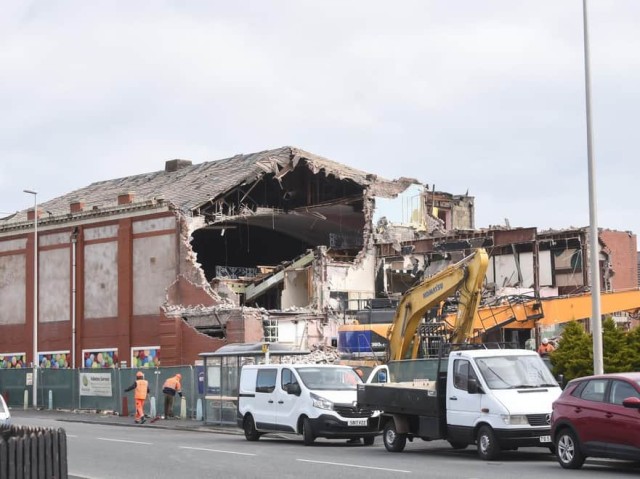
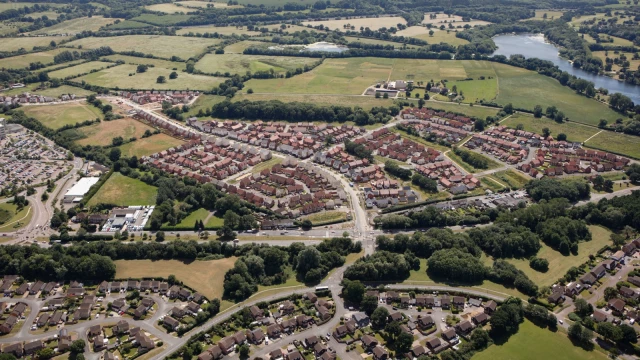


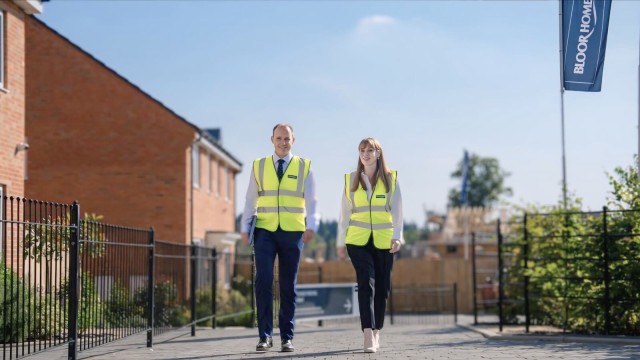
We specialise in crafting creative design and planning strategies to unlock the hidden potential of developments, secure planning permission and deliver imaginative projects on tricky sites
Write us a message